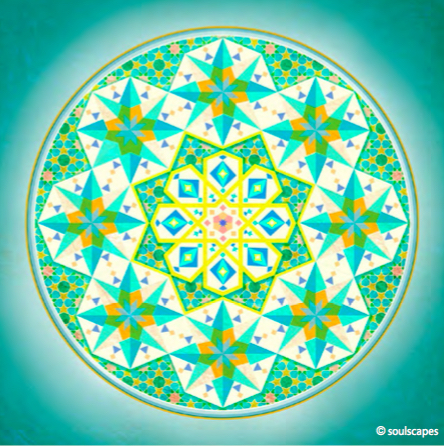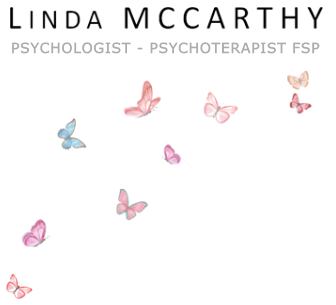
Focusing offers us
a direct access to
the wisdom of the body
a direct access to
the wisdom of the body
FOCUSING
What is focusing ?
Focusing is a process of becoming more aware of one’s own wisdom and guidance. It is a way of being in relationship with oneself that allows one’s own responses to emerge beyond the usual mental mechanisms.
Each situation gives rise to a specific bodily sense (felt sense). It is possible to learn to let it rise and to identify it with precision. This bodily feeling, which at first appears vague, becomes clearer and clearer as we focus our attention on it, like the focus of a camera – hence the term focusing.
As the bodily feeling becomes clearer, we manage to identify it with precision and to put words to it. This will induce a transformation, which will allow us to gain clarity and free ourselves from certain blockages.
A mesure que le ressenti corporel s’éclaircit, nous parvenons à l’identifier avec précision et à y mettre des mots. Cela induira une transformation, qui nous permettra de gagner en clarté et nous libérer de certains blocages.
Origin of focusing
Developed by Eugene T. Gendlin, an American psychologist and philosopher, focusing was first presented to the public in 1978, in the book Focusing, at the center of oneself. Close collaborator of Carl Rogers (the founder of the Person-Centered Approach), Gendlin placed great importance on the person, on the relationship and on the quality of listening.
Kanga focusing
Akira Ikemi, a student of Eugene T. Gendlin, integrated focusing into mindfulness meditation.
He has developed kanga focusing, which consists of identifying, during a mindfulness session, the part of oneself that is present behind a thought. We can then thank it or give it compassion before it goes back to its quarters and our attention goes back to our breathing.
Focusing applied to oneself
Focusing can be learned in a psychotherapy session and then used on oneself.
